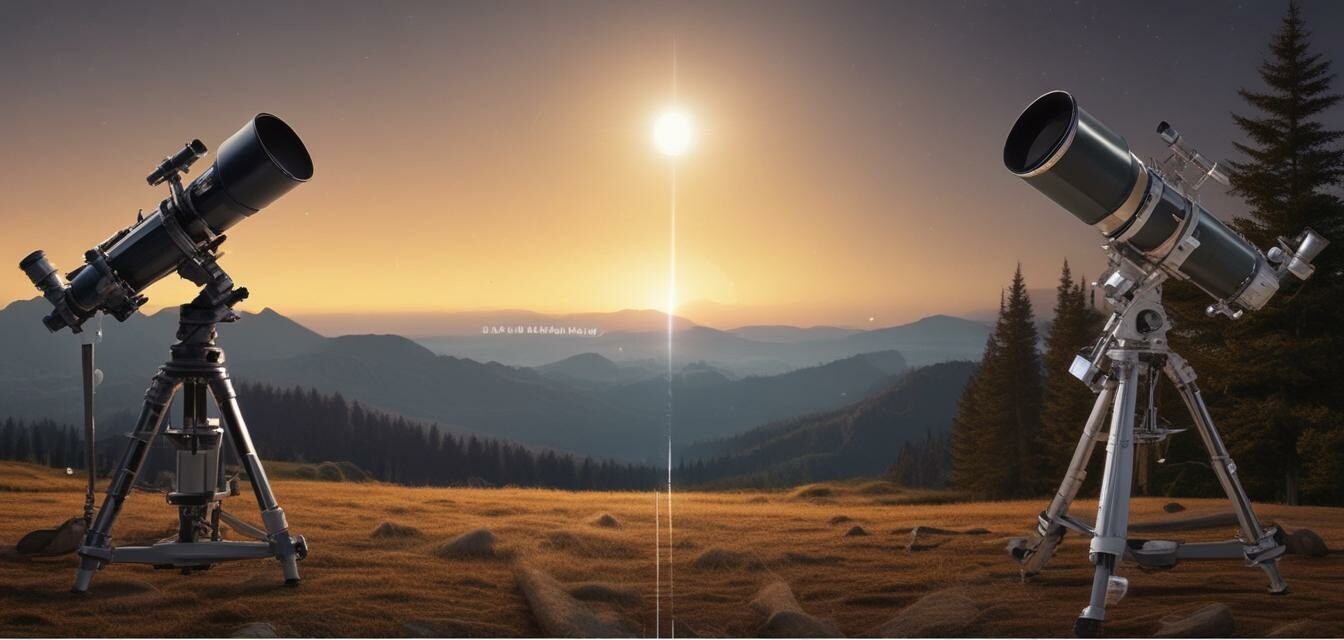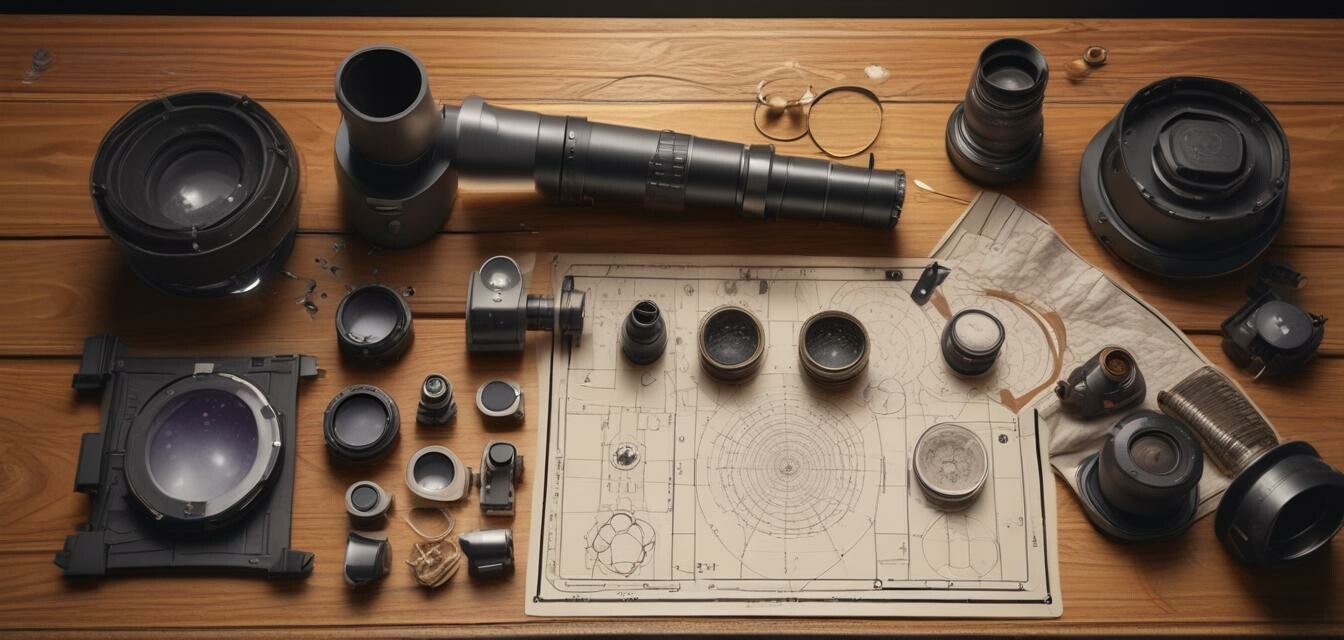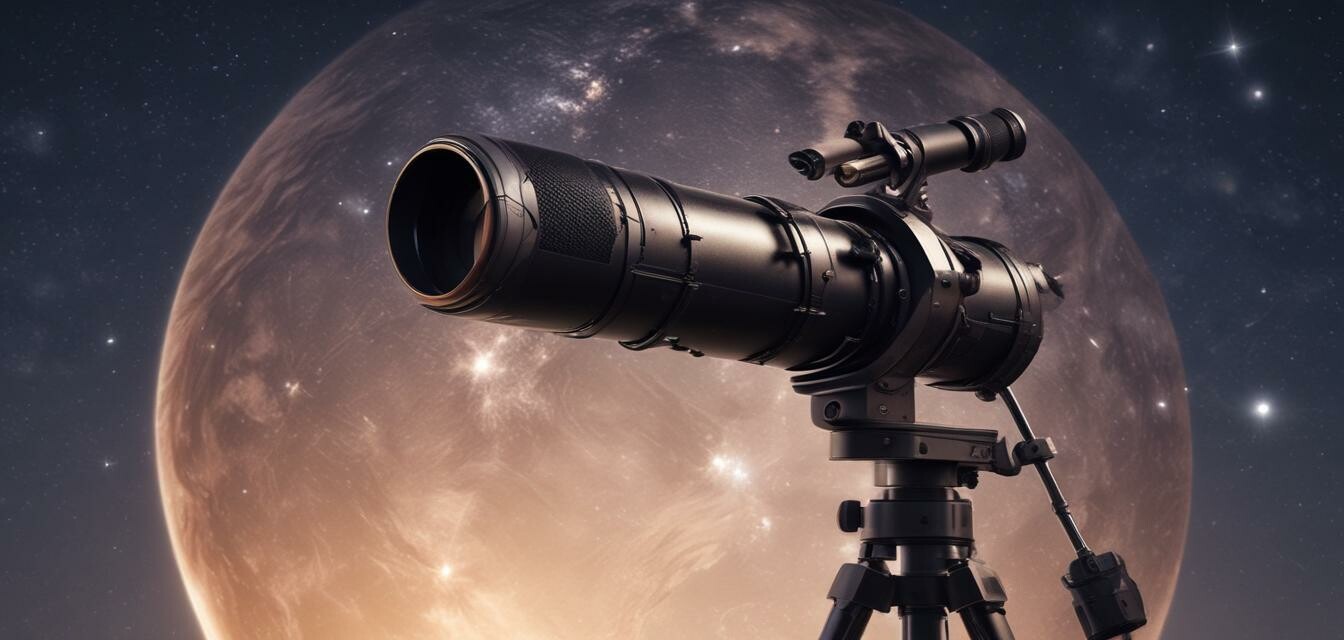
Comparing Telescope Brands
When it comes to exploring the wonders of the universe, having the right telescope can make all the difference. With so many brands to choose from, it can be overwhelming to decide which one is best for you. In this article, we'll dive into the top brands of telescopes for planetary viewing, comparing their features, pros, and cons to help you make an informed decision.
Key Takeaways
- Celestron and Meade are two of the most popular telescope brands for planetary viewing
- Orion and Sky-Watcher offer high-quality telescopes with advanced features
- Reflecting telescopes are ideal for deep space viewing, while refractor telescopes are better for planetary viewing
Top Telescope Brands for Planetary Viewing
In this section, we'll compare the top telescope brands for planetary viewing, including Celestron, Meade, Orion, and Sky-Watcher.
| Brand | Price Range | Type of Telescopes | Features |
|---|---|---|---|
| Celestron | $100-$1,000 | Refractor, Reflecting, and Catadioptric | Computerized altazimuth mounts, GPS, and SkyAlign technology |
| Meade | $200-$1,500 | Refractor, Reflecting, and Catadioptric | Autostar II computer system, 4.5" to 14" apertures, and UHTC coatings |
| Orion | $100-$2,000 | Refractor, Reflecting, and Catadioptric | Go-To computerized mounts, 4.5" to 14" apertures, and Sirius EQ-G mounts |
| Sky-Watcher | $200-$3,000 | Refractor, Reflecting, and Catadioptric | EQ5 and EQ6 mounts, 4.5" to 14" apertures, and SynScan computer system |
Types of Telescopes
When choosing a telescope, it's essential to understand the different types available. Here's a brief overview:
- Refractor Telescopes: Ideal for planetary viewing, these telescopes use a lens to focus light.
- Reflecting Telescopes: Best for deep space viewing, these telescopes use a mirror to focus light.
- Catadioptric Telescopes: A combination of refractor and reflecting telescopes, these offer a balance between the two.

Features to Consider
When choosing a telescope, there are several features to consider:
| Feature | Description |
|---|---|
| Aperture | The diameter of the primary lens or mirror, which affects the telescope's ability to gather light. |
| Mount | The type of mount used, such as altazimuth or equatorial, which affects the telescope's stability and tracking ability. |
| Computerized System | A system that allows the telescope to automatically track celestial objects and provide information about them. |
Pros
- High-quality telescopes offer clear and detailed views of celestial objects
- Advanced features like computerized systems and GPS make it easy to track and locate objects
- Many brands offer a range of price options to fit different budgets
Cons
- Higher-end telescopes can be expensive
- Some telescopes may require assembly and maintenance
- Weather conditions can affect telescope performance
Conclusion
Choosing the right telescope brand and type can be a daunting task, but by understanding the features and benefits of each, you can make an informed decision. Whether you're a beginner or an experienced astronomer, there's a telescope out there for you.
Beginners Tip
When starting out, consider investing in a lower-priced telescope with a smaller aperture. This will allow you to get a feel for the hobby without breaking the bank.









